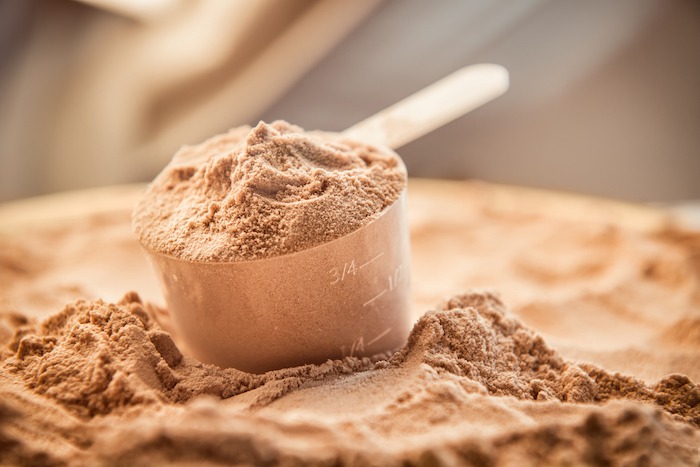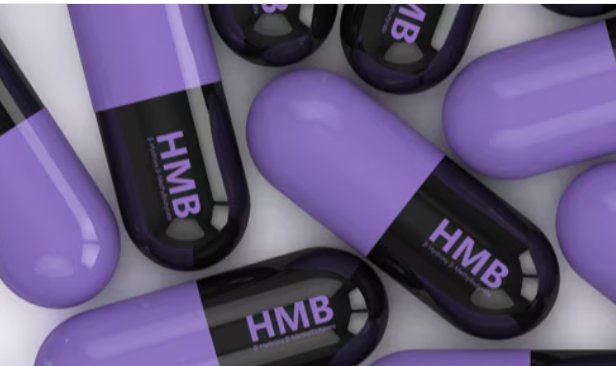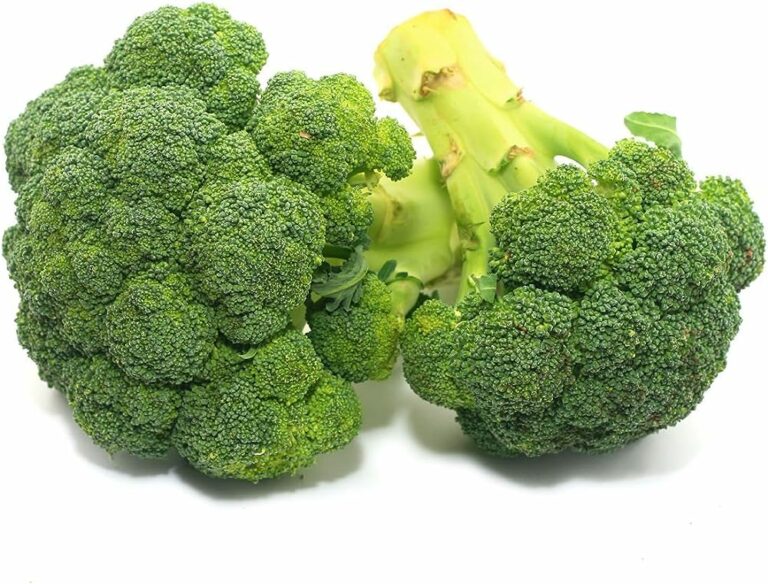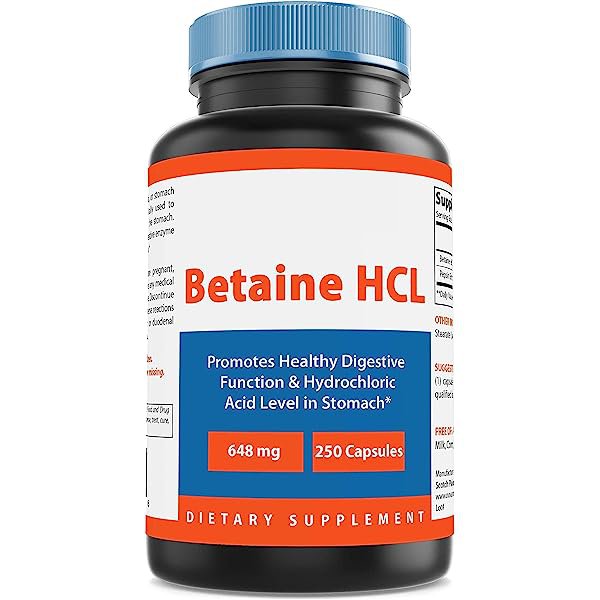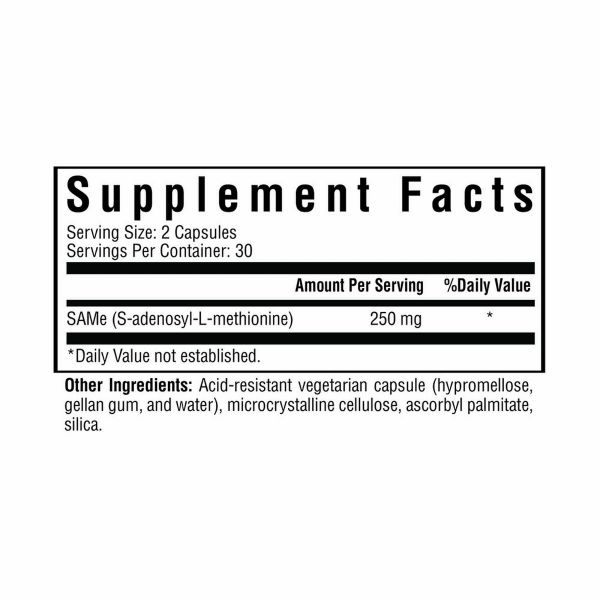Hydrolysate Protein – The Speedy Recovery Secret Every Athlete Should Know
For athletes and bodybuilders, every rep, set, and drop of…
For athletes and bodybuilders, every rep, set, and drop of sweat is a step toward sculpting the ideal physique. We know that protein is the cornerstone of muscle recovery and growth, fuelling our workouts and helping us bounce back stronger each day. With an overwhelming array of protein powders on the market—from classic whey and whey isolate to plant-based options—choosing the right type can sometimes feel overwhelming. Yet, there’s one form of protein that’s been quietly gaining momentum for its unique and powerful benefits: hydrolysate protein.
In this in-depth guide, we’re going to explore the fascinating world of hydrolysate protein. We’ll uncover what it is, how it works, why it might be the perfect fit for your recovery needs, and how to integrate it into your training regimen. Whether you’re a seasoned competitor, a weekend warrior, or simply passionate about maximizing your performance, read on to discover how hydrolysate protein might just be the secret weapon you’ve been searching for.
1. The Role of Protein in Athletic Performance
Before we dive into the specifics of hydrolysate protein, it’s worth taking a moment to remind ourselves why protein is so crucial for anyone engaged in high-intensity training. Protein is the building block of muscle tissue, and after a strenuous workout, your muscles need high-quality protein to repair and rebuild themselves. This process of recovery is essential not just for muscle growth but also for reducing the risk of injury and keeping your energy levels high.
For many athletes, the timing of protein intake can be just as important as the amount. A fast-absorbing protein immediately after a workout can jumpstart recovery by flooding your muscles with the amino acids they need for repair. This is where hydrolysate protein comes into play.
2. Understanding Hydrolysate Protein
What Is Hydrolysate Protein?
At its core, hydrolysate protein is simply protein that has undergone a process called hydrolysis. During hydrolysis, water is used to break down the protein into smaller chains of amino acids or peptides. Think of it like pre-digesting your protein—by breaking it down into smaller pieces, your body can absorb these nutrients more quickly and efficiently.
Imagine a long chain of amino acids as a necklace. Regular protein is like a necklace you have to untangle before you can put it on, whereas hydrolysate protein comes with the chain already unclasped and in ready-to-wear segments. This “pre-digestion” means that hydrolysate protein is absorbed faster than standard whey or even whey isolate, making it a prime candidate for post-workout recovery.
The Hydrolysis Process in Detail
The process of hydrolysis involves exposing protein to water under controlled conditions, often with the help of enzymes. These enzymes cut the long protein chains into smaller peptide fragments, which are easier for your digestive system to process. The result is a protein supplement that requires less work from your stomach and intestines—meaning the amino acids reach your bloodstream more rapidly.
This rapid absorption is critical for athletes who need to replenish their muscles quickly after an intense training session. With hydrolysate protein, your body gets a quick hit of the nutrients it craves, which can lead to faster recovery and less downtime between workouts.
3. Why Hydrolysate Protein Stands Out
Speed of Absorption
One of the biggest selling points of hydrolysate protein is its speed of absorption. Because the protein is already broken down into smaller peptides, it doesn’t require as much digestive effort. This means that the amino acids are available to your muscles much faster than they would be from traditional protein powders. For an athlete, this can translate into a quicker recovery time, which is essential when you’re training hard day after day.
Imagine you’ve just finished an intense workout. Your muscles are primed for repair, and the clock is ticking. With hydrolysate protein, you can get the nutrients where they need to go almost immediately, jumpstarting the muscle recovery process and potentially reducing soreness and fatigue.
Digestive Comfort
For many people, protein supplements can sometimes cause gastrointestinal discomfort—think bloating, cramping, or even diarrhoea. This is especially true for those with sensitive digestive systems. Because hydrolysate protein is pre-digested, it tends to be easier on the stomach. This can make a significant difference in how you feel after a workout, allowing you to focus on recovery rather than battling digestive issues.
Lower Allergenic Potential
Another interesting benefit of hydrolysate protein is its potentially lower allergenic potential. In some cases, the hydrolysis process can reduce the size of allergenic proteins, making them less likely to trigger an adverse reaction. While more research is needed to confirm these effects across different populations, this property can be especially useful for individuals who are sensitive to other forms of protein.
4. Hydrolysate Protein vs. Other Proteins
How Does It Compare to Whey and Whey Isolate?
Whey protein is a favourite among athletes because of its excellent amino acid profile and relatively quick absorption rate. Whey isolate is an even more refined version that contains less fat and lactose. However, even these forms require some digestion before the amino acids become available to your muscles. Hydrolysate protein, being pre-digested, skips several steps in the digestion process, allowing for even faster absorption.
Considerations of Plant-Based Hydrolysates
For those who follow a plant-based diet, hydrolysate protein isn’t limited to animal sources. Plant-based protein hydrolysates are becoming increasingly popular as they offer the benefits of rapid absorption and easy digestion while aligning with ethical and dietary preferences. These options often come from sources like soy, pea, or rice protein and are processed similarly to animal-based hydrolysates.
Cost and Taste Factors
It’s important to note that the advanced processing required to produce hydrolysate protein can sometimes make it more expensive than standard protein powders. Additionally, some users report that hydrolysate protein can have a slightly bitter taste due to the presence of smaller peptides. However, many manufacturers are working on flavour-masking techniques, and the benefits of faster absorption often outweigh these minor drawbacks for dedicated athletes.
5. When to Harness the Power of Hydrolysate Protein
Post-Workout Recovery
For most athletes, the best time to consume hydrolysate protein is immediately after a workout. During this window, your muscles are especially receptive to nutrient uptake, and fast-absorbing protein can make a huge difference in your recovery:
- Rapid Muscle Repair: A quick hit of amino acids helps repair the tiny tears in your muscle fibres caused by intense exercise.
- Reduced Muscle Soreness: Faster nutrient delivery can lead to a decrease in delayed-onset muscle soreness (DOMS), meaning you can get back to training sooner.
Between Meals: A Steady Supply of Protein
Hydrolysate protein isn’t just for the post-workout period. Incorporating a hydrolysate protein shake between meals can help maintain a consistent level of amino acids in your bloodstream throughout the day. This steady supply supports continuous muscle protein synthesis, which is critical for overall muscle growth and recovery.
Special Considerations for Athletes with Digestive Sensitivities
If you’re prone to gastrointestinal discomfort with other protein powders, hydrolysate protein might be your best friend. Its pre-digested nature means it’s less likely to cause bloating or cramping. This makes it an excellent option for athletes who have to be extra careful about what they consume before a big event or workout.
6. How to Incorporate Hydrolysate Protein Into Your Routine
Crafting Your Perfect Post-Workout Shake
One of the simplest ways to reap the benefits of hydrolysate protein is by blending it into a post-workout shake. Here’s how you can create a delicious and effective recovery drink:
- The Basics: Start with a scoop of hydrolysate protein powder. Mix it with water or your favourite milk alternative.
- Add Some Carbs: Consider adding a source of simple carbohydrates, like a banana or a bit of honey, to help replenish glycogen stores quickly.
- Boost with Extras: You can also throw in some antioxidants like berries or a handful of spinach for extra nutrients.
- Blend and Enjoy: Mix everything in a blender for a smooth, nutrient-packed shake that’s ready to drink right after your workout.
Integrating Hydrolysate Protein Into Meals
While shakes are a popular choice, hydrolysate protein can also be incorporated into your meals:
- Protein-Enhanced Smoothies: Use hydrolysate protein as an ingredient in your morning or post-workout smoothies. Its rapid absorption makes it an excellent base for a nutrient-dense beverage.
- Baked Goods: Some creative athletes even add hydrolysate protein to recipes for pancakes, muffins, or protein bars. This is a great way to sneak in extra protein without compromising on taste.
- Mix with Other Supplements: If you’re already using other recovery supplements, hydrolysate protein can be mixed in to create a comprehensive post-workout formula. For instance, combining it with BCAAs (branched-chain amino acids) can further enhance muscle repair.
Timing Is Everything
The timing of your protein intake can have a significant impact on how effectively your muscles recover and grow. Ideally, aim to consume hydrolysate protein within 30 minutes of finishing your workout. This post-workout window is when your muscles are most receptive to the influx of nutrients. If you’re unable to get to your shake immediately, try to have a small protein-rich snack to bridge the gap until your next full meal.
7. Considerations When Choosing Hydrolysate Protein
Quality Matters
Not all protein powders are created equal. When selecting a hydrolysate protein supplement, pay close attention to the quality of the product:
- Reputable Brands: Choose products from reputable brands that provide transparent information about their processing methods.
- Third-Party Testing: Look for supplements that have undergone third-party testing to ensure purity and potency.
- Ingredient List: Check the ingredient list for any unnecessary additives or fillers that could detract from the protein’s quality.
Cost vs. Benefit
Hydrolysate protein often comes at a higher price point compared to standard whey protein. However, the benefits of rapid absorption and improved digestive comfort may well justify the extra cost—especially if you’re an athlete looking for every possible edge in recovery and performance. Weigh the cost against your personal training needs and budget, and remember that investing in quality nutrition is an investment in your overall performance.
Taste and Mixability
Some users note that hydrolysate protein can have a slightly bitter taste due to the smaller peptides. If you’re sensitive to flavour, consider mixing your protein powder with a flavourful base, such as a fruit smoothie or a flavoured milk alternative. Experimenting with different recipes can help you find a combination that not only supports your recovery but also pleases your palate.
8. Real-World Success Stories
To truly understand the impact of hydrolysate protein, it helps to look at real-world examples. Many athletes have reported improved recovery times, reduced muscle soreness, and enhanced performance after incorporating hydrolysate protein into their routines.
Case Study: The Competitive Sprinter
Take, for example, a competitive sprinter who was struggling with muscle fatigue between training sessions. After switching to a post-workout shake that featured hydrolysate protein, the athlete noticed a significant reduction in recovery time. With faster nutrient delivery, she was able to train more consistently and see improvements in her sprint times.
Case Study: The Bodybuilder’s Secret Weapon
A seasoned bodybuilder, known for his rigorous training regimen, began experimenting with hydrolysate protein as part of his recovery strategy. Not only did he experience less digestive discomfort compared to his previous protein powders, but he also noticed that his muscles recovered faster after heavy lifting sessions. The result? Enhanced muscle growth and a reduced risk of overtraining injuries.
Everyday Athletes Speak Up
Even everyday athletes and gym-goers have shared positive experiences. From increased energy levels to a noticeable reduction in post-workout soreness, the benefits of hydrolysate protein are becoming more widely recognized in the fitness community. These success stories underscore that while hydrolysate protein might be the turbo-charged option for recovery, its advantages can be appreciated by anyone serious about maximizing their performance.
9. Frequently Asked Questions About Hydrolysate Protein
Q: Is hydrolysate protein right for me?
A: If you’re an athlete or bodybuilder looking for rapid recovery and you’ve experienced digestive discomfort with other protein powders, hydrolysate protein may be an excellent choice. Its quick absorption and pre-digested nature make it particularly beneficial after intense training sessions.
Q: How does hydrolysate protein compare to whey protein?
A: While whey protein is already a fast-digesting protein, hydrolysate protein takes it a step further. By pre-breaking down the protein into smaller peptides, hydrolysate protein is absorbed even more rapidly, which can be crucial for immediate post-workout recovery.
Q: Can I mix hydrolysate protein with other supplements?
A: Absolutely. Hydrolysate protein can be combined with other recovery aids such as BCAAs, creatine, or even pre-workout formulas. Just ensure that you’re not overloading on supplements and that you’re balancing your overall nutrient intake.
Q: What about the taste?
A: Some users find hydrolysate protein to have a slightly bitter taste. Experiment with mixing it in smoothies or shakes with natural sweeteners and fruits to mask any unpleasant flavours.
10. Final Thoughts: Is Hydrolysate Protein Your Secret to Faster Recovery?
For athletes and bodybuilders, every minute counts—especially when it comes to recovery. Hydrolysate protein offers a compelling option for those who want to get the most out of their post-workout window. Its rapid absorption means that your muscles receive the amino acids they need right when they need them most, accelerating recovery and reducing downtime.
While it may come at a higher price point than standard whey protein, the benefits—faster recovery, reduced digestive discomfort, and potentially even lower allergenic reactions—make hydrolysate protein worth considering as part of your nutritional arsenal.
Remember, however, that no single supplement is a magic bullet. The key to optimal performance lies in a balanced diet, consistent training, and a well-planned recovery strategy. Hydrolysate protein can be a powerful tool in your recovery toolkit, but it should complement, not replace, a comprehensive approach to nutrition and training.
As you continue to refine your routine and seek every possible advantage in your fitness journey, consider experimenting with hydrolysate protein. Listen to your body, track your progress, and adjust your intake as needed. And, as always, consult with a healthcare or nutrition expert to tailor your supplement regimen to your specific goals and needs.

Disclaimer: This blog post is crafted for informational purposes and isn’t an endorsement of any supplements. Consultation with professionals is vital when making health or athletic decisions.

